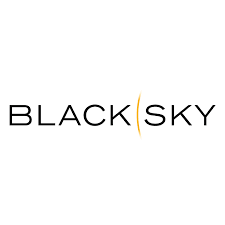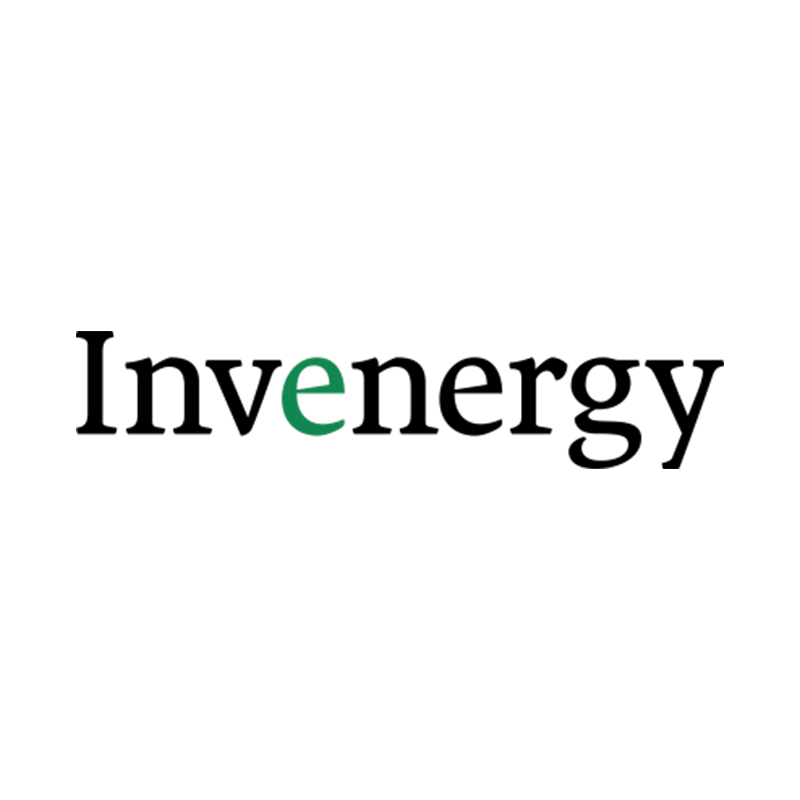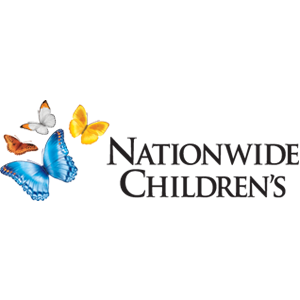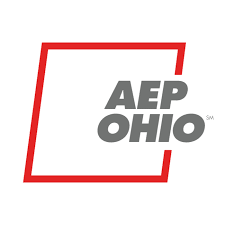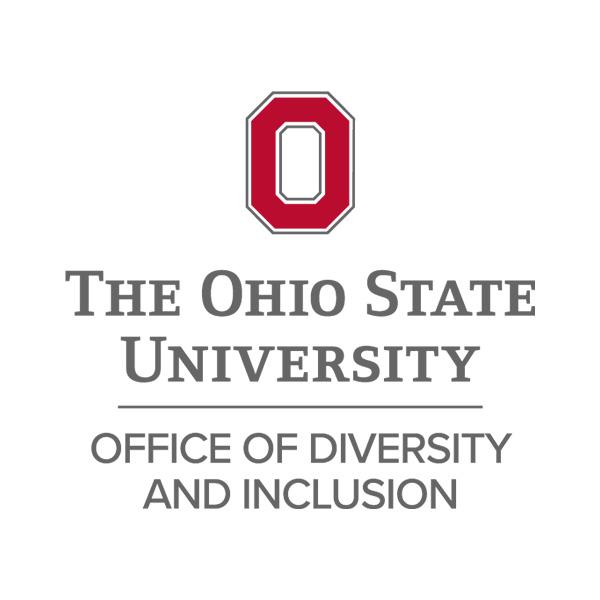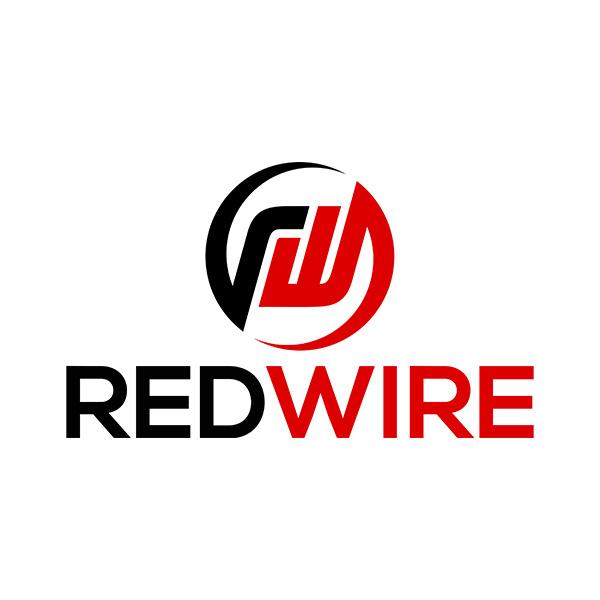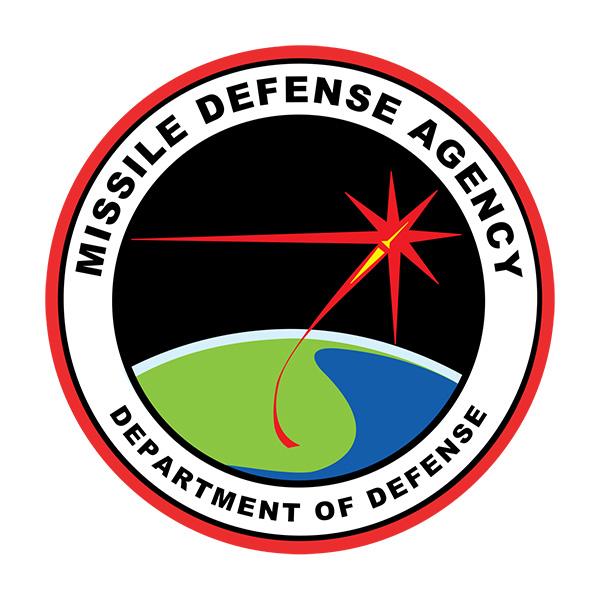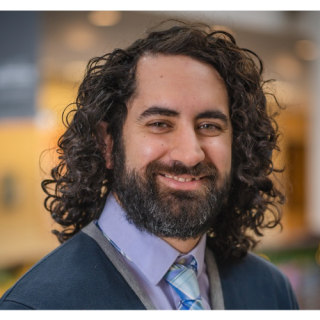This 4 credit hour course is offered in the Fall and Spring on Fridays from 12:00-3:00 p.m.
Our Rapid Innovation course is an applied research experience that gives students an opportunity to gain real-world experience, grow their professional network, and learn professional skills that will be valuable post graduation! Work on a real-world challenge from a client with students from other disciplines and put yourself in line for possible internships and employment.
Want to learn more: Keep an eye out for our next information session in November!
